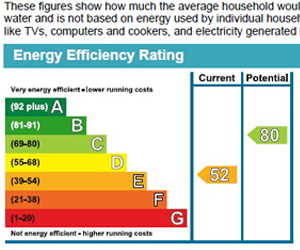Course Directory
Technical Courses for Housing Professionals

Preparing for Awaab’s law – Repairs and health and safety in residential property

Housing Health and Safety Rating System (HHSRS) – for frontline housing professionals

Damp and Mould

Managing Houses in Multiple Occupation

Gaining Possession

Preventing homelessness from the PRS

Renter’s Rights and Awaab’s law – what we know so far

Introduction to social housing

Housing Management

Identifying illegal activity in residential property
Technical Courses for Surveyors

Damp in Homes – inspection, diagnosis & reporting

Above ground movement

Below ground movement

A day on the roof

Fire safety developments – key considerations for surveyors and property managers

Valuation – “the art not the science”

Valuing Houses in Multiple Occupation

RICS Home Survey Standard – better reports for better clients

EPCs & MEES for non-domestic property – current legislation and expected updates

Intro to MEES and EPCs in Domestic Property (England & Wales)

Energy and retrofit

RICS Retrofit standard and retrofit assessment for surveyors

Recognising and responding to vulnerable occupiers

Reinstatement Cost Calculations

Complaints handling and RICS Disciplinary Investigations
Skills and Behaviour Courses

Managing conflict

Inclusive access and reasonable adjustments

Maintaining professional boundaries

Team-work and time management

Communication for frontline professionals



